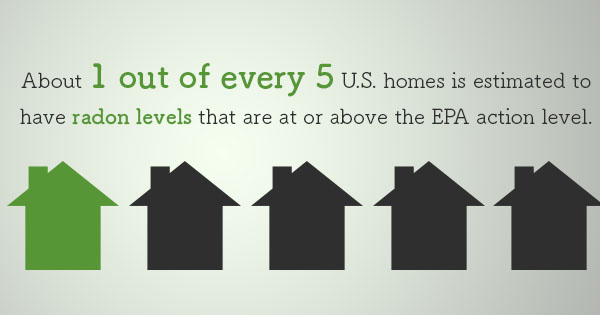
Most people know about asbestos and the danger that it poses, especially to children. Recently, lead poisoning has become one of the biggest news stories of the year. But what do you know about radon gas? If radon gas sounds like something that would be found in a futuristic science fiction novel, then there’s something you need to know.
About one out of every five U.S. homes is estimated to have radon levels that are at or above the EPA action level, and yet most people have never even heard of the stuff.
Protecting Your Home From Radon Gas: What Your Local Radon Mitigation Company Wants You To Know
Radon is a colorless, odorless gas that naturally forms from the decay of radioactive elements like uranium. And, again, while you might think that uranium is only found in high-tech labs, this element is actually found in soil and rocks all over the world. Radon gas can travel through water, both underground and above the surface. But most importantly, radon is very dangerous. The risk of lung cancer increases by 16% per every 100 Bq/m in long-term average radon concentration.
But how is one to know if they have unsafe levels of radon in their home? The answer is, of course, through residential radon testing. After it is determined whether or not the radon is a threat, sump pump excavations or passive radon mitigation may be executed. Your local radon mitigation company can aid in this process.
The Facts About Home Radon Testing
Testing can be done one of two ways — long term or short term. Short-term detectors typically measure the average concentration from two to ninety days, and long-term detectors have been able to detect the average concentration for more than 90 days. After which, the right protocol for the levels of radon can be followed.
Indeed, passive radon mitigation can be quite effective. It has been shown to be capable of reducing the indoor radon levels by more than 50%, and when specialty radon ventilation fans are added, the unsafe radon levels can be reduced even more.
If you’re still learning about radon gas dangers for the first time and aren’t sure what to do next, then a good first step is to contact your State Radon Program. They can help you determine whether there are requirements for testing or regulations on methods like sump pump installations in your area.
And if you’re still worried, then get in contact with your local radon mitigation company to determine what your next best step should be. It is important to put the health of your family first.

Recent Comments